Here, then, are the first half of the pictures from my second day in Belfast. In the morning we returned to the magnificent sets of The City of Ember and had a chance to talk to Martin Landau; in the afternoon we took a tour of spots from Northern Ireland’s Troubles, and the headed off to the Giant’s Causeway, one of the most amazing sites I have ever beheld in my life. That part of day two will be documented in Photos Part 3, so as to not make the page too big to load.
Right now it’s late on my last night in Dublin. Tomorrow I head to Budapest for a visit to the Hellboy II set, which should be spectacular. In the meantime I am already missing the beautiful and friendly nation of Ireland. I can’t wait to get back here some day.
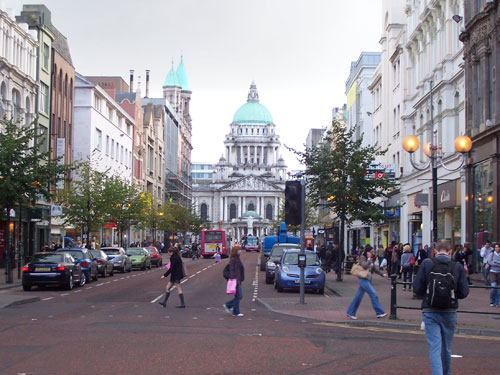
Belfast City Hall.
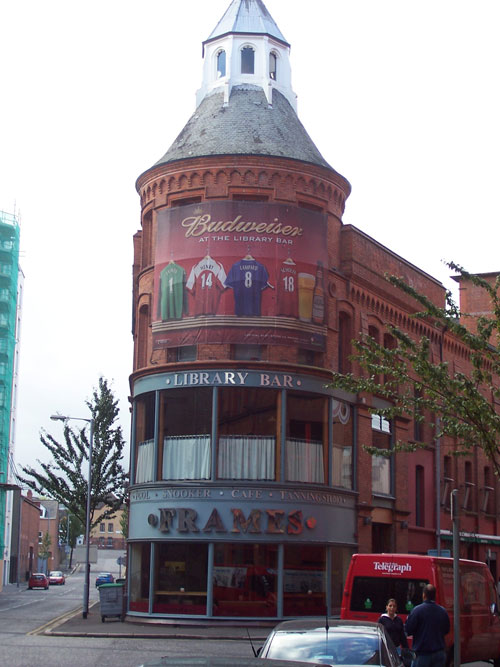
One of the zillion pubs I saw in Ireland, but this one is notable for having pool, snooker, a cafe AND a tanning salon.
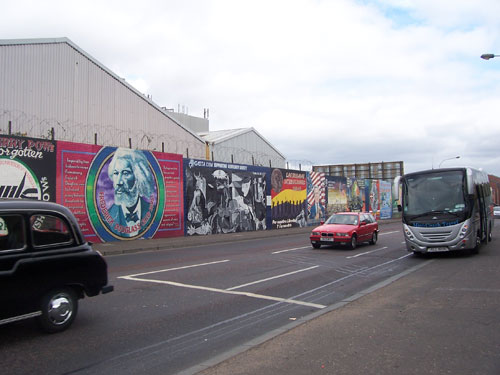
Republican murals in Belfast. The city of Belfast is doused in murals like these, from both sides, telling a political and personal history.
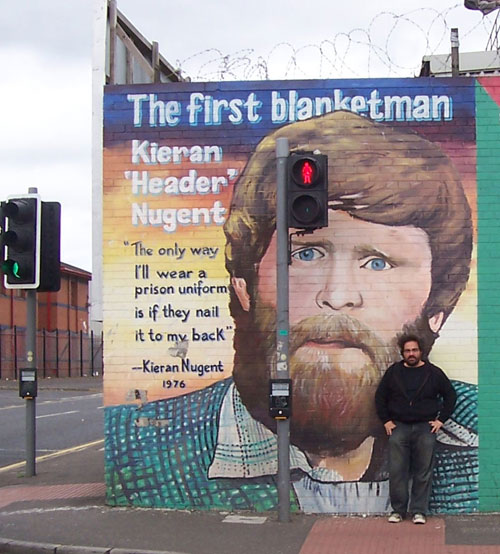
Kieran Nugent was an Irish freedom fighter, battling against British occupation of his homeland. When he was arrested and issued a standard prison uniform, he refused to wear it, saying he was a political prisoner. No other clothes were issued to him, so he did his time wearing only a blanket, thus becoming a blanketman. Other republican fighters took up his protest, and Nugent helped spark a prison protest wave that ended up with the famous 1981 Hunger Strike which led to the deaths of seven IRA and three INLA members. That’s me being a lame Yank tourist in front of this mural commemorating a brave man.

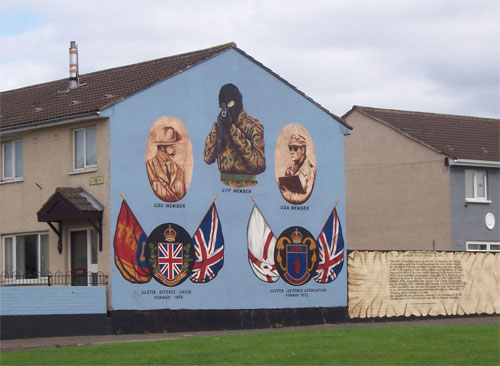
These murals are in the Lower Shankill Estate, and they tell a different story. Shankill is a loyalist area, which wants to be under British rule. They call IRA gunmen and bombers terrorists while their own are paramilitaries, and celebrate them in paint. The Lower Shankill Estate is a housing project, with these murals – and many others – adorning the sides of the buildings. It was strange to be standing in a place that had seen such violence.

The so-called Peace Wall dividing the loyalist areas from the republican areas. This wall has stood longer than the Berlin Wall, and is adorned with graffitti pleading for peace.
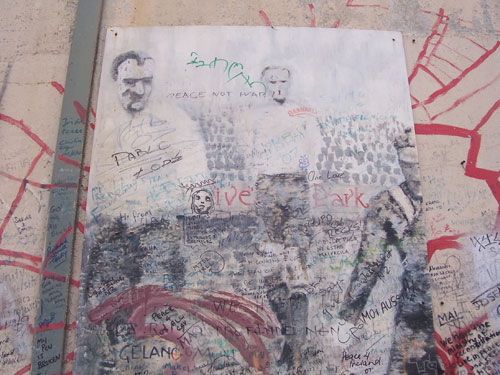

One view of Shankill Road, the beating heart of loyalist Belfast. Standing here was strange for me, an armchair American republican. To the left of this picture is a place called The Royal Pub. It was from here that the Shankill Butchers operated – these loyalist terrorists (or Ulster Volunteer Force) would abduct Catholics who had nothing to do with the IRA and torture and murder them.

Another view of the Shankill Road. British Union Jacks hang proudly over Irish soil.
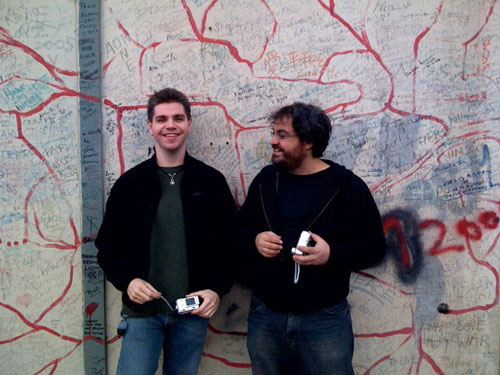
Stax from IGN is on the left; I’m on the right. I think the two of us were the most moved by the tour of Belfast’s Troubles spots, although it probably meant even more to Stax, who spent years in the Republic of Ireland as a young man.
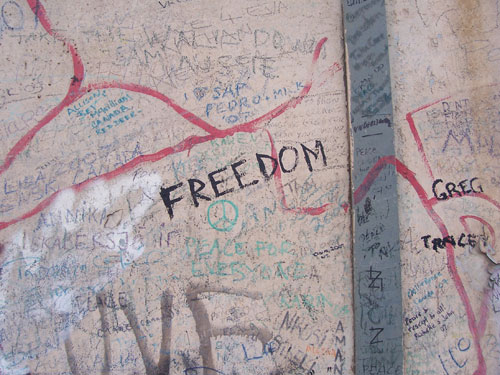
The Peace Wall.